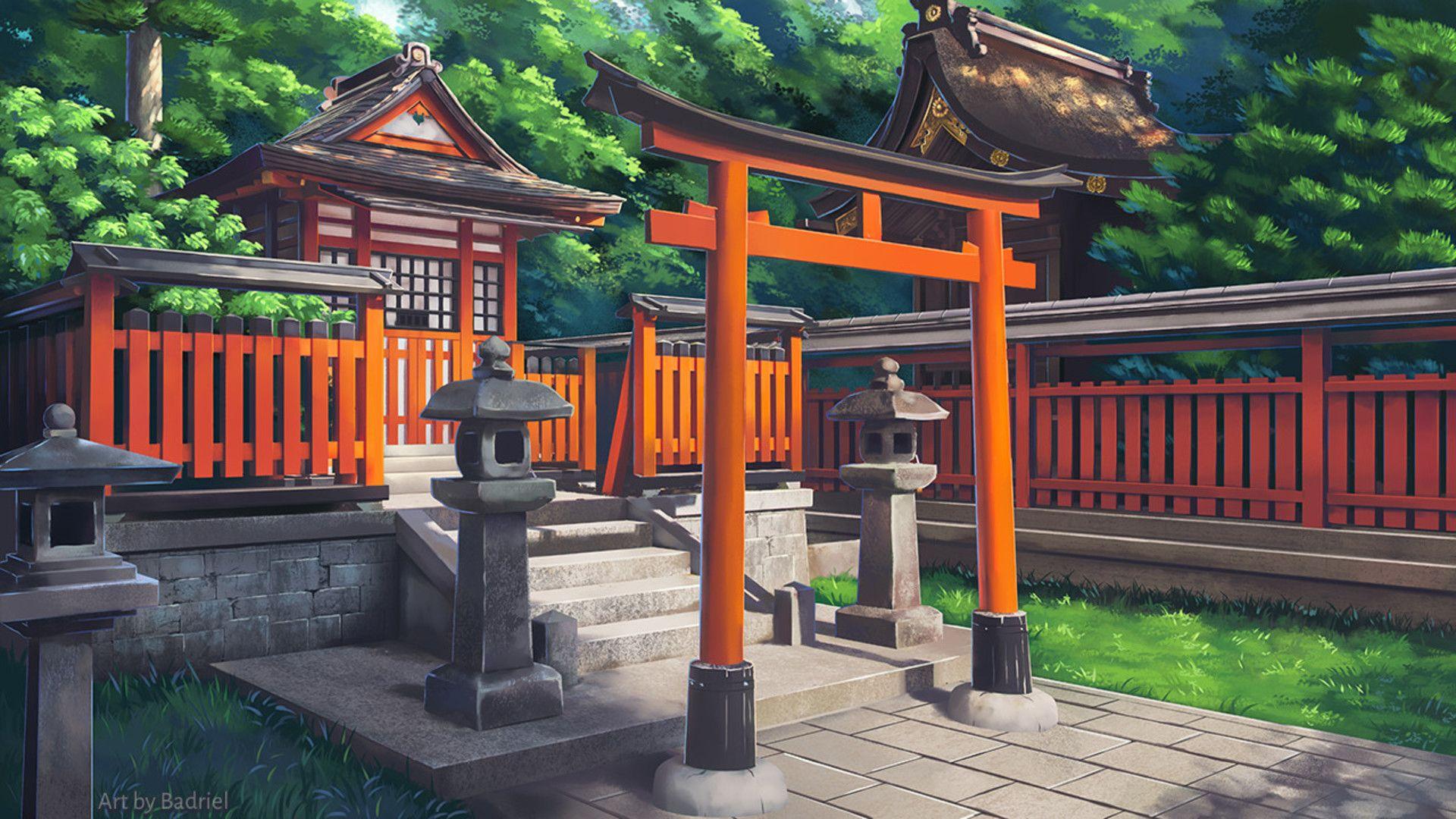
Japan, a land where ancient traditions beautifully intertwine with modern life, is home to countless Shinto shrines that evoke a sense of wonder and spirituality. These sacred spaces, steeped in history and cultural significance, serve as a testament to the enduring reverence for nature and the divine that characterizes Shintoism. As you wander through serene landscapes adorned with vibrant torii gates and lush greenery, you find whispers of the ancients echoing in the air, inviting you to explore the spiritual heart of this captivating country.
Visiting Shinto shrines offers a unique opportunity to connect with Japan’s rich heritage while experiencing the tranquility that these holy places embody. Each shrine has its own story, often linked to local legends and the kami, or spirits, that are revered within. From the bustling urban settings of Tokyo to the tranquil hills of Kyoto, the variety of Shinto shrines in Japan is vast, each one a portal into a world where the past and present harmoniously coexist.
Historical Significance of Shinto Shrines
Shinto shrines in Japan are deeply rooted in the country’s history and culture, serving as vital spaces for worship and community gatherings. These sacred sites trace back to ancient times, with many of them built to honor kami, the spirits or deities revered in Shintoism. The construction of shrines has evolved over centuries, reflecting the architectural styles and artistic expressions of the eras they represent. Historical records suggest that some shrines date back to the early centuries of Japan, making them living repositories of the nation’s spiritual heritage.
The significance of Shinto shrines extends beyond their spiritual role; they are also symbols of Japanese identity. Each shrine is often linked to important historical events or figures, reinforcing its importance within local communities. For example, the renowned Ise Grand Shrine, dedicated to the sun goddess Amaterasu, serves not only as a religious site but also as a cultural landmark that embodies the essence of Shinto beliefs and practices. This intertwining of history and spirituality illustrates how these shrines forge a connection between the past and the present.
Furthermore, Shinto shrines play a crucial role in preserving Japan’s traditions and rituals. Many festivals and ceremonies are organized around these sacred sites, fostering a sense of communal belonging and cultural continuity. By visiting these shrines, individuals engage with their heritage, participating in ancient rites that honor the kami and celebrate seasonal changes. In this way, Shinto shrines in Japan stand as testament to the enduring legacy of the Shinto religion and its significant role in shaping the nation’s cultural landscape.
Architectural Features and Styles
Shinto shrines in Japan are renowned for their distinctive architectural styles, which reflect the spiritual and natural elements integral to Shinto beliefs. One of the most recognizable features is the torii gate, a symbol that marks the entrance to sacred space. These gates are typically made of wood or stone and are often painted in vibrant vermilion, contrasting beautifully with the greenery surrounding them. The simplicity and elegance of these gates set the tone for the serene atmosphere within the shrine grounds.
The main shrine building, known as the honden, varies in style depending on the region. Common structures include the shinmei-zukuri style, characterized by its simple thatched roof and raised floor, which is intended to harmonize with nature. Another prominent style is the kasuga-zukuri, which features a more ornate design with intricate carvings and a gently sloping roof. Many shrines incorporate natural materials, such as wood and thatch, harmonizing with the landscape and emphasizing the Shinto belief of living in accordance with the natural world.
In addition to these styles, Shinto shrines often include other important structures such as the haiden, where visitors pay their respects, and the torii, which symbolizes the transition from the profane to the sacred. The placement of these elements is carefully considered, following the principles of geomancy and aesthetics to create a space that is not only beautiful but also spiritually powerful. Each shrine tells a unique story through its architecture, inviting visitors to step into a realm of tranquility and reverence.
Cultural Practices and Rituals
Shinto shrines in Japan are integral to the spiritual and cultural fabric of the nation. Visitors often witness various rituals that highlight the connection between the people and the divine. One of the most important practices is the purification ritual known as "temizu," where individuals cleanse their hands and mouths at a basin before approaching the shrine. This act symbolizes the removal of impurities and prepares worshippers for a respectful encounter with the kami, or spirits, housed within the shrine.
Festivals, or "matsuri," play a significant role in the cultural practices surrounding Shinto shrines. These vibrant celebrations can take place throughout the year and are intended to honor the kami, express gratitude for blessings, and seek protection. Each shrine has its unique festivals, often featuring parades, traditional music, dance, and elaborate floats. The energy and enthusiasm of these events serve to strengthen community bonds and keep ancient traditions alive.
Additionally, personal rituals such as making offerings, writing wishes on "ema" (wooden plaques), and performing the "shinto prayer" further illustrate the interaction between individuals and the spiritual realm. Visitors and locals alike participate in these practices, fostering a deep sense of belonging and continuity. Through these cultural practices, Shinto shrines in Japan become not only places of worship but also vital centers for community life and cultural heritage.
https://sumai-net.jp/ninki-shrine-ranking/
Famous Shinto Shrines to Visit
One of the most renowned Shinto shrines in Japan is the Meiji Shrine, located in the heart of Tokyo. Dedicated to Emperor Meiji and Empress Shoken, this shrine is surrounded by a tranquil forested area that provides a serene escape from the bustling city. Visitors can witness traditional Shinto rituals and enjoy the picturesque gardens that change with the seasons, making it a popular destination throughout the year.
Another must-visit shrine is the Fushimi Inari Taisha in Kyoto, famous for its thousands of vibrant red torii gates that wind their way up the sacred Mount Inari. Dedicated to Inari, the deity of rice and agriculture, this shrine offers breathtaking views and numerous trails to explore. As you walk through the cascading gates, you can feel the spiritual significance of the site, which has been a place of worship since the early 8th century.
Lastly, the Ise Jingu, located in Mie Prefecture, holds great importance in Shinto belief as it is dedicated to the sun goddess Amaterasu. This shrine is renowned for its beautiful wooden architecture and is rebuilt every 20 years in a practice that symbolizes the cycle of life and renewal. Pilgrims from all over Japan visit Ise Jingu to pay homage and experience the spiritual atmosphere that surrounds this ancient site.



